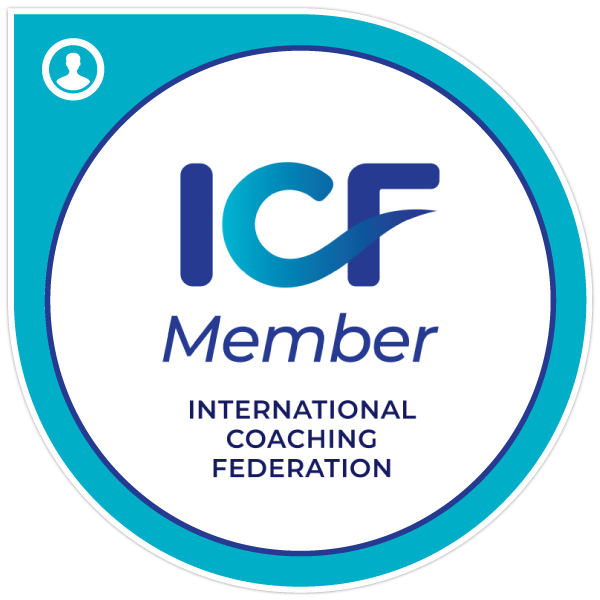Leadership training is an essential investment for any organization aiming to enhance its management capabilities and foster a productive work environment. However, the challenge often lies not just in delivering the training but in ensuring its long-term impact and effectiveness. To sustain the benefits of leadership training, certain best practices must be implemented to embed the learned skills and principles deeply within the organizational fabric. This article explores five critical strategies that can help maintain the momentum of leadership training and ensure continuous development and improvement.
Firstly, continuous learning and development are crucial as they prevent the once-off nature of training sessions and encourage an ongoing growth mindset among leaders. Secondly, coaching and mentoring can provide leaders with the guidance and feedback needed to apply their new skills effectively. Thirdly, measurement and evaluation are vital for assessing the effectiveness of the training and understanding areas for improvement. Organizational culture and support also play significant roles, as they create an environment that nurtures and values leadership development. Lastly, reinforcement strategies and tools help in maintaining the relevance and applicability of training content over time. By delving into these subtopics, organizations can better understand how to sustain the impact of leadership training and achieve lasting benefits.

Continuous Learning and Development
Continuous learning and development are crucial for sustaining the impact of leadership training over time. In today’s fast-paced and ever-changing business environment, the skills and knowledge that leaders need to be effective can quickly become outdated. Therefore, continuous learning is not just beneficial; it is necessary for maintaining a competitive edge.
Integrating continuous learning and development involves creating opportunities for leaders to keep updating their skills and knowledge base long after the initial training sessions are complete. This can be achieved through various means, such as ongoing workshops, seminars, webinars, and even self-directed learning modules. Additionally, organizations can encourage leaders to engage in cross-functional projects or rotations that expose them to new challenges and perspectives, further enhancing their learning and growth.
Another aspect of continuous learning is fostering a culture that values and supports education and professional development. When an organization emphasizes the importance of ongoing development, leaders are more likely to take personal initiative in their learning journeys. This can be further supported by providing resources and time for leaders to engage in learning activities.
Moreover, integrating technology can also play a significant role in continuous learning. Digital platforms can offer leaders flexible and accessible options for learning, ranging from online courses to virtual reality simulations that mimic complex leadership scenarios. Such technologies not only make learning more engaging but also allow for personalization of the learning experience, catering to the unique needs and learning styles of each leader.
In summary, continuous learning and development are essential for sustaining the effectiveness of leadership training. By fostering an environment that encourages continual growth and provides diverse opportunities and resources for learning, organizations can ensure that their leaders remain equipped to meet the demands of their roles and drive the organization forward.
Coaching and Mentoring
Coaching and mentoring play pivotal roles in sustaining the impact of leadership training over time. These practices help in bridging the gap between theoretical knowledge acquired during training sessions and its practical application in real-world scenarios. By providing ongoing coaching and mentoring, organizations can ensure that their leaders continuously apply the skills and insights they have gained, adapting them to their unique circumstances.
Coaching typically involves a more experienced or skilled person guiding a leader to reflect on their performance, set goals, and develop leadership skills in a focused and personalized manner. This one-on-one approach not only helps in addressing specific leadership challenges but also supports the leader’s personal growth and development. Mentoring, on the other hand, often takes a broader scope, encompassing not just skill development but also offering advice on career progression and professional networking. Mentors serve as role models and advisors, making the developmental journey less daunting for emerging leaders.
These interactions are essential because they provide leaders with feedback that is crucial for their growth and improvement. Feedback allows leaders to understand their strengths and weaknesses in a constructive way, promoting a mindset of continuous improvement. Furthermore, coaching and mentoring can foster a supportive atmosphere that encourages the practical application of new skills and reinforces the learning material, keeping it relevant and top-of-mind.
In conclusion, to sustain the effects of leadership training, it is important for organizations to invest in robust coaching and mentoring programs. These programs should be tailored to align with the organization’s goals and the individual needs of the leaders. By doing so, organizations not only enhance the capabilities of their leaders but also contribute to a culture of continuous learning and development that benefits the entire organization.
Measurement and Evaluation
Measurement and evaluation are crucial for sustaining the impact of leadership training over time. By effectively assessing both the immediate and long-term outcomes of leadership programs, organizations can ensure that their training efforts are achieving desired results and contributing to the overall goals of the organization.
One of the first steps in a successful measurement and evaluation strategy is to define clear and measurable objectives for the leadership training. These objectives should align with the broader organizational goals and should be specific, measurable, attainable, relevant, and time-bound (SMART). Once these objectives are established, organizations can use various tools and techniques to measure progress towards these goals. These tools might include surveys, interviews, observation, and other forms of feedback from training participants and their supervisors.
It is also important to evaluate the training program itself to ensure it is effective and engaging for participants. This can involve gathering feedback on the content, delivery, and facilitator performance, as well as monitoring attendance and participation rates. By continuously evaluating these aspects, organizations can make necessary adjustments to improve the training program.
Furthermore, long-term evaluation is vital. Organizations should track the career progression of participants and whether they are successfully applying their new skills in their leadership roles. This long-term tracking helps in understanding the true impact of the training and whether it has led to improved leadership practices, increased productivity, and achieving strategic objectives.
Overall, measurement and evaluation are not only about proving the effectiveness of leadership training but also about improving it. By committing to thorough and ongoing evaluation processes, organizations can adapt their training programs to better meet the needs of their leaders and the goals of the organization, ensuring sustained impact over time.
Culture and Organizational Support
Culture and organizational support play a crucial role in sustaining the impact of leadership training over time. The organizational culture should endorse continuous improvement and learning, which are essential for leadership development programs to have a lasting impact. When the company culture is aligned with the goals of leadership training, it creates an environment that supports the growth and application of new skills.
Organizational support is also a key factor in the success of leadership training programs. This includes support from top management, who should actively promote and participate in leadership training initiatives. When leaders at the highest levels demonstrate their commitment to training, it sets a positive example and motivates others within the organization to engage in the learning process. Additionally, providing resources such as time, budget, and access to further training opportunities ensures that employees can continue to grow and apply what they have learned in their roles.
Moreover, the organization should foster an environment that encourages experimentation and allows for failures. This can be achieved by promoting a culture of feedback where constructive feedback is regularly given and received. An open communication channel where leaders and employees can discuss the challenges they face and share their experiences can also enhance the effectiveness of leadership training. By supporting a learning culture and providing the necessary organizational backing, companies can ensure that leadership training has a lasting impact and contributes to the overall success of the organization.
Reinforcement Strategies and Tools
Implementing reinforcement strategies and tools is crucial for sustaining the impact of leadership training over time. Without reinforcement, the skills and knowledge acquired during training can quickly fade, leaving little lasting impact. One effective reinforcement strategy is the use of digital tools such as e-learning platforms that provide ongoing access to training materials and resources. These platforms can offer interactive modules, videos, and quizzes that leaders can revisit to refresh their knowledge and skills.
Another key aspect of reinforcement involves regular follow-up sessions where leaders can discuss challenges and successes in applying their new skills. These sessions not only reinforce the training but also promote a culture of continuous improvement and learning. They can be conducted as formal meetings or more informal discussions, depending on the organization’s culture.
Additionally, incorporating practical tools such as checklists, reminder apps, and goal-setting frameworks can help leaders apply what they have learned in a structured way. These tools ensure that the concepts taught during training are translated into daily practices, thereby enhancing the likelihood of sustained change. By integrating these strategies and tools, organizations can maximize the long-term benefits of their leadership training programs, leading to more effective and resilient leaders.


Leave a Reply